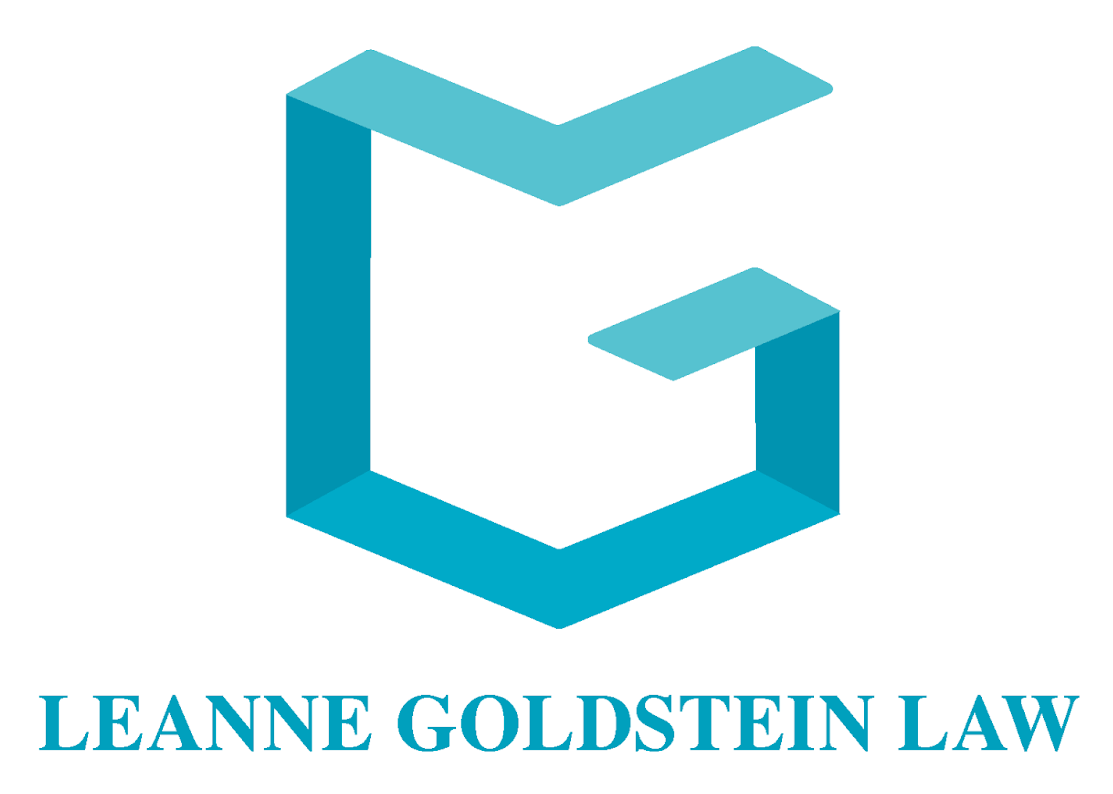In our fast-paced, high-stress world, burnout has become an increasingly common phenomenon. Characterized by extreme mental, emotional, and sometimes physical exhaustion due to prolonged stress, burnout can severely impact an individual’s ability to function effectively in both personal and professional life. This blog post aims to shed light on burnout as a potential disability, highlighting its signs, implications, and the pathways to seeking help and support.
Understanding Burnout
Defining Burnout: The World Health Organization (WHO) recognizes burnout as an occupational phenomenon resulting from chronic workplace stress that has not been successfully managed. It is characterized by three dimensions: feelings of energy depletion or exhaustion; increased mental distance from one’s job, or feelings of negativism or cynicism related to one’s job; and reduced professional efficacy.
Burnout and Disability
When Burnout Becomes a Disability: While burnout itself is not classified as a medical condition, its severe impact can lead to mental health conditions like depression or anxiety disorders, which are recognized disabilities. When burnout hampers an individual’s ability to function in daily life or maintain employment, it may be considered a disability, warranting the need for medical intervention and possibly disability benefits.
Recognizing the Signs of Burnout
Key Indicators: Burnout can manifest through various signs and symptoms, including but not limited to:
- Chronic fatigue and lack of energy
- Insomnia or altered sleep patterns
- Impaired concentration and attention
- Increased irritability or outbursts of anger
- Feelings of detachment from work and others
- Physical symptoms such as headaches, gastrointestinal disorders, or muscle pain
Seeking Help and Support
Medical Consultation: If you are experiencing symptoms of burnout, the first step is to consult with a healthcare professional. They can provide a proper assessment, diagnose any underlying conditions, and recommend a course of treatment.
Workplace Accommodations: If burnout is impacting your work performance, you may be entitled to workplace accommodations. This could include modified work hours, reduced workload, or temporary leaves of absence.
Legal Considerations
Disability Benefits: In cases where burnout leads to mental health conditions that impede your ability to work, you may be eligible for disability benefits. Understanding the terms of your insurance policy and the process for filing a disability claim is crucial. The timing of the claim is also critical.
Navigating Employment Rights: Knowing your rights in the workplace is essential. This includes understanding your entitlement to sick leave, mental health days, and protection from discrimination based on a mental health disability.
Preventive Measures and Coping Strategies
Work-Life Balance: Cultivating a healthy work-life balance is key in preventing burnout. This includes setting boundaries, taking regular breaks, and prioritizing time for relaxation and leisure activities.
Stress Management Techniques: Engaging in stress-reduction practices such as mindfulness, meditation, exercise, or hobbies can be beneficial in managing the symptoms of burnout.
Conclusion
Burnout, in its extreme forms, can potentially be debilitating, affecting your mental and physical health and your capability to work. Recognizing the signs of burnout and seeking timely intervention is crucial. Understanding your legal rights and the availability of support systems can empower you to take the necessary steps toward recovery and maintaining your well-being in the workplace.
